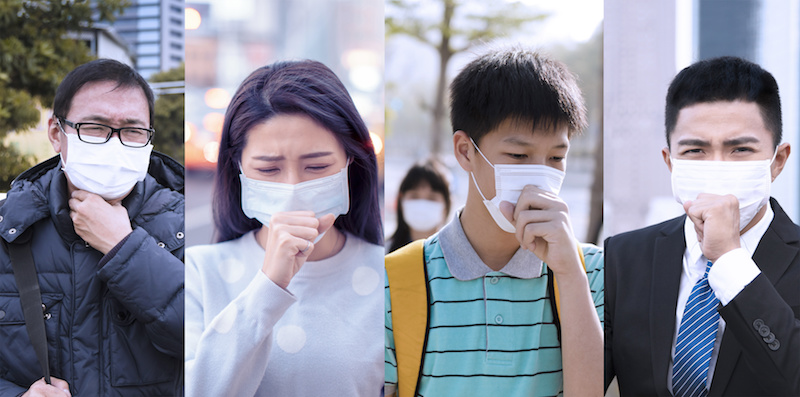Scientists may have found one of the reasons why food intolerance has been on the rise lately. New research published in the November 2014 issue of The FASEB Journal shows that there is a link between perinatal exposure to BPA at low doses and risk of food intolerance later in life. This animal study used doses of BPA that were well below FDA safety limits. Healthy living is about staying up to date on the latest health news.
“Food contributes over 80 percent of the population’s exposure to BPA,” said Sandrine Menard, Ph.D., a researcher involved in the work from the Department of Neuro-Gastroenterology and Nutrition at INRA in Toulouse, France. “On the basis of the susceptibility to food intolerance after perinatal exposure to BPA, these new scientific data may help decisions by public health authorities on the need of a significant reduction in the level of exposure to BPA in pregnant and breastfeeding women, to limit the risk for their children of adverse food reactions later in life.”
The research team used two groups of pregnant rats in the study.
The first group received a daily dose of BPA at 5 µg/kg of body weight/day, from gestational day 15 to day 21 of lactation, when pups were weaned.
The second group (control) was daily treated throughout the same period with the BPA vehicle only. After weaning, offspring were not treated until adulthood. After adulthood, only adult female offspring from each group were used.
In animals that were treated with BPA, feeding a new protein induced an immune response that was not seen in the control group.
Also, a repeated dose of the protein resulted in colonic inflammation, which is a sign of food intolerance. This inflammation was also not observed in the control group. The research team hopes that this study will help define how important BPA exposure could be in the future.
“We may look back one day and see BPA exposure as one of the more important public health problems of our time,” said Gerald Weissmann, M.D., Editor-in-Chief of The FASEB Journal. “We know that too much exposure is bad, but exactly how much exposure is too much is still up for debate.”
Note: None of the information in our website is intended to diagnose, treat, cure or prevent any illness or disease. The content on our website is for educational purposes only.
DON’T FORGET to sign up for our weekly newsletter to get our latest articles, updates, free recipes and giveaways.
For all you need to know about BPA.
Cash register receipt paper responsible for high BPA levels in humans.
REFERENCES:
1. “BPA Exposure by Infants May Increase Later Risk of Food Intolerance.” EurekAlert! Federation of American Societies for Experimental Biology, 30 Oct. 2014. Web. 03 Nov. 2014.
2. “Food Intolerance at Adulthood after Perinatal Exposure to the Endocrine Disruptor Bisphenol A.” The FASEB Journal. Federation of American Societies for Experimental Biology, 1 Aug. 2014. Web. 03 Nov. 2014.

















